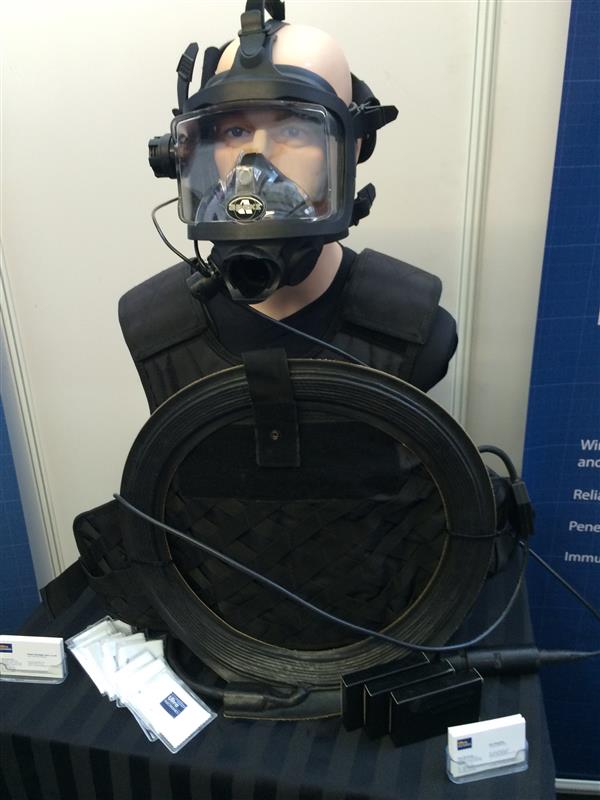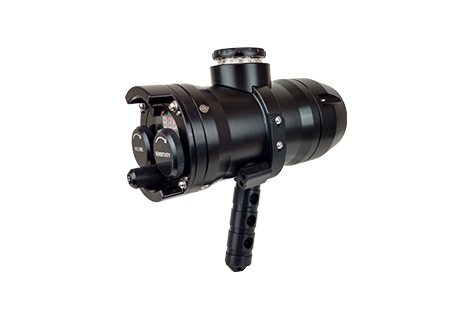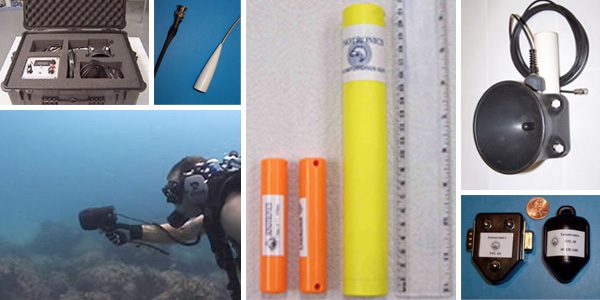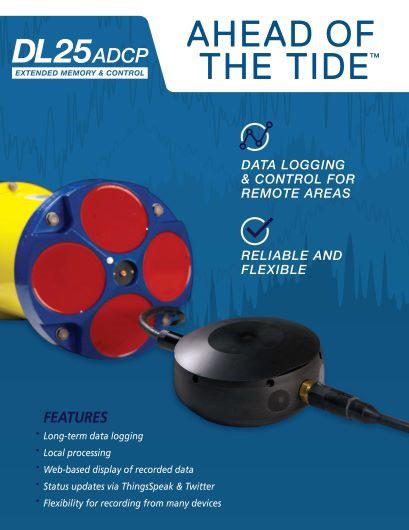BlueZone partners with over 50
world-leading original equipment
manufacturers and systems providers
DiverCOMM
DiverCOMM is a lightweight, tactical, voice communications system using Magneto-Inductive (MI) signalling technology. Unlike radio frequency (RF) and acoustic signals, the low frequency MI signal can penetrate through air-water boundaries, providing users with secure and reliable connectivity in most acoustically challenging environments. The Magneto-Inductive (MI) signalling does not propagate like RF or acoustic signals and is virtually undetectable.
DiverCOMM operates in both air and water, enabling a diver in the water to talk to a supervisor directly. For operations such as a hull search, divers on hull search can talk to each other and relay messages via last diver to surface. DiverCOMM is immune from acoustic interference and so will provide an unprecedented communications capability in noisy harbours or industrial locations where commercial divers are often required to operate.
Key Features
Up to 25-hour mission duration
Speeds up to 4.2 knots
Increased module payload capacity
Search and recovery
Hydrography
Deep sea mineral exploration
Marine & Fisheries research
Product Enquiry
Related products
The DPR-275 Diver Pinger Receiver is a small and rugged handheld diver acoustic receiver with an LCD display and signal strength meter that can track and locate any acoustic pinger...
Read moreBlueZone Group is pleased to distribute products supplied by Sonotronics. Sonotronics is a leader in the manufacturing of ultrasonic tracking equipment related to the underwater tracking of marine animals, equipment...
Read moreDL25 ADCP Extended Memory and Control
The DL25 Extended Memory And Control (EMAC) enables long term data logging and remote control of Teledyne RDI Channel Master ADCPs.
Read moreRelated Articles
Ahead of the Tide: A Year of Milestones and Momentum- A Letter from the Director
By Neil Hodges, Managing Director, BlueZone Group As 2025 draws to a close, it’s a moment to reflect on a year that has been nothing short of transformative for...
Read MoreGlobal Journeys, Fresh Faces and Capability Growth That Sets the Stage for the Future For BlueZone Group, 2025 has been nothing short of transformative — a year defined by...
Read MoreSafer Summers: Innovation Beneath the Waves with ArtemisSAR and StarFish
The Advanced Sonar Systems Giving Surf Life Savers the Tools to Protect Lives with Greater Speed, Safety, and Confidence As we turn the page into Aussie summer, the rhythm...
Read More



